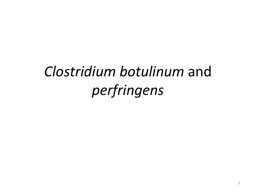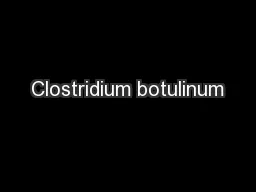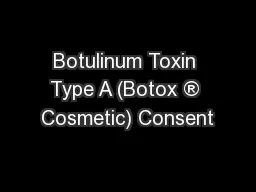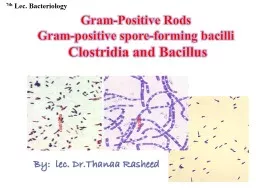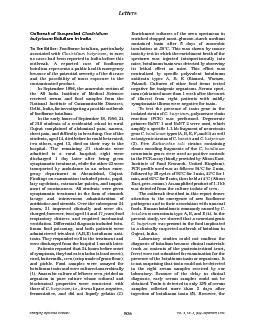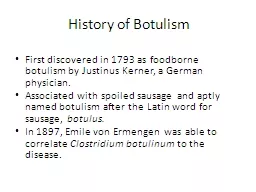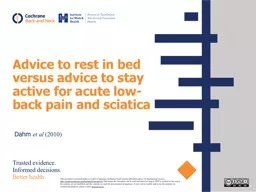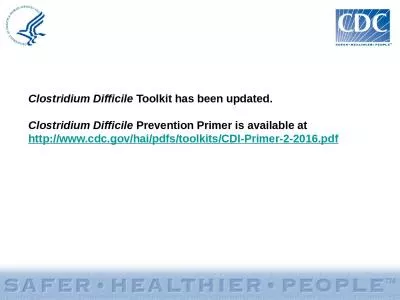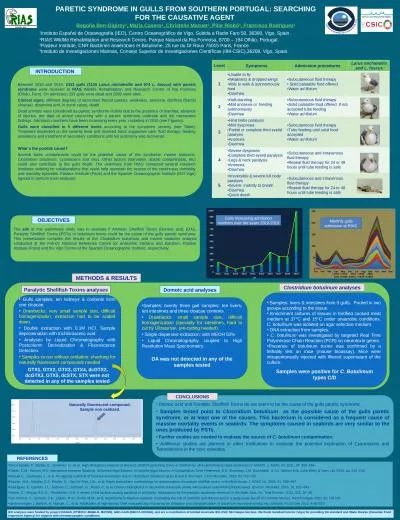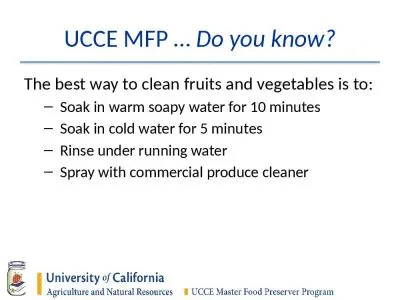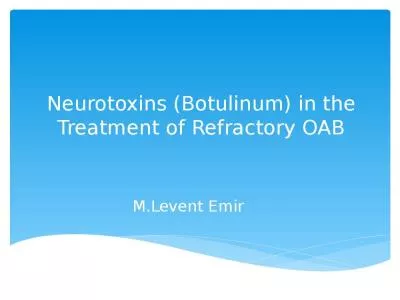PPT-Clostridium botulinum and
Author : elyana | Published Date : 2024-02-02
perfringens 1 Characteristics of Clostridium Gram positive rods in filaments or chains Strict anaerobes C bot to oxygen tolerant C perf Spore forming endospores
Presentation Embed Code
Download Presentation
Download Presentation The PPT/PDF document "Clostridium botulinum and" is the property of its rightful owner. Permission is granted to download and print the materials on this website for personal, non-commercial use only, and to display it on your personal computer provided you do not modify the materials and that you retain all copyright notices contained in the materials. By downloading content from our website, you accept the terms of this agreement.
Clostridium botulinum and: Transcript
Download Rules Of Document
"Clostridium botulinum and"The content belongs to its owner. You may download and print it for personal use, without modification, and keep all copyright notices. By downloading, you agree to these terms.
Related Documents

